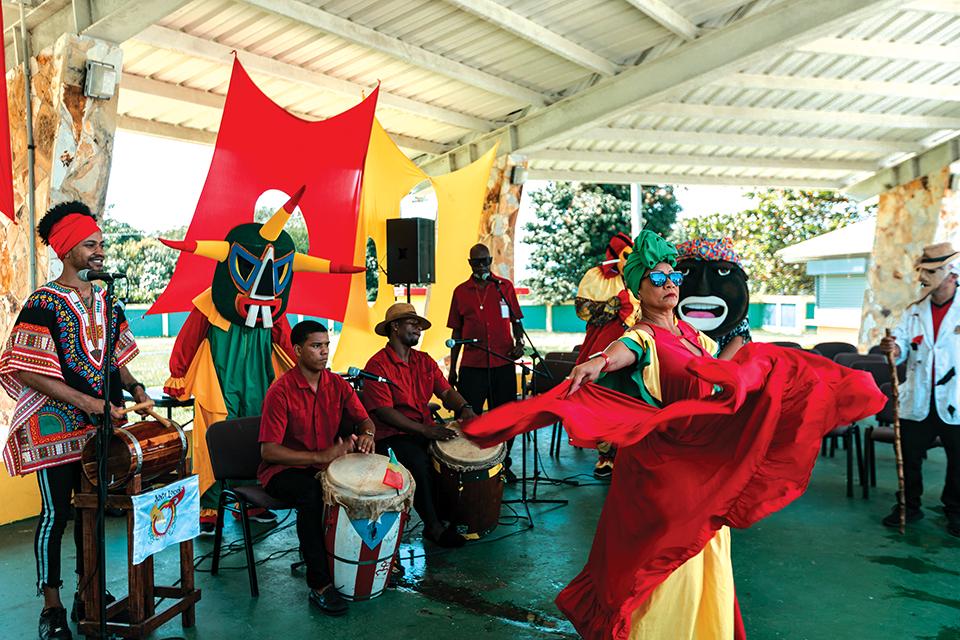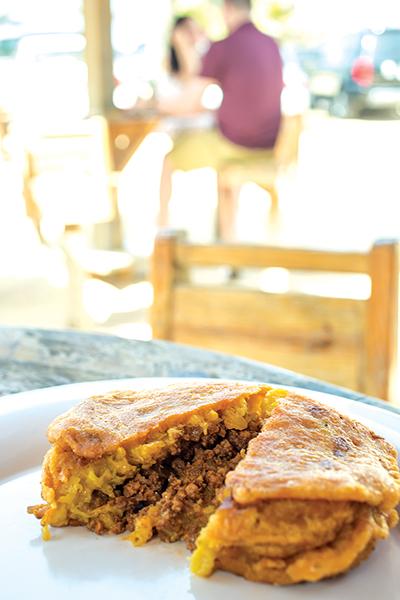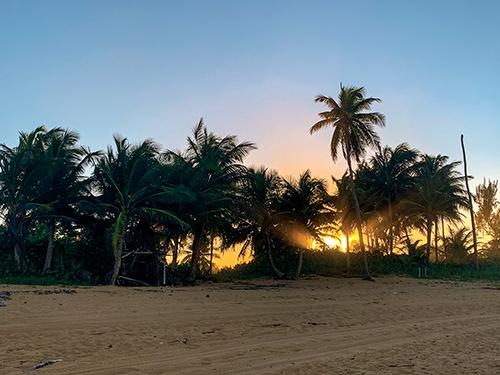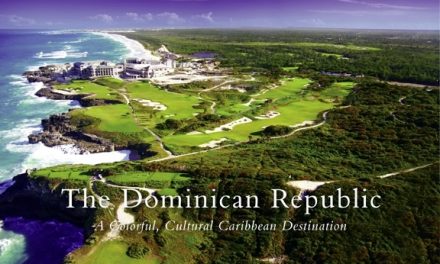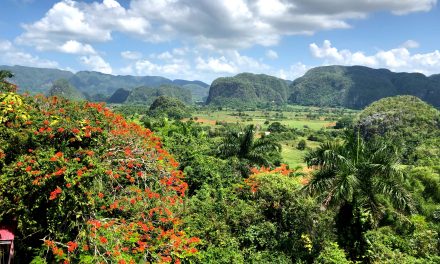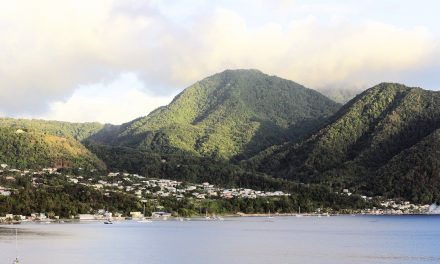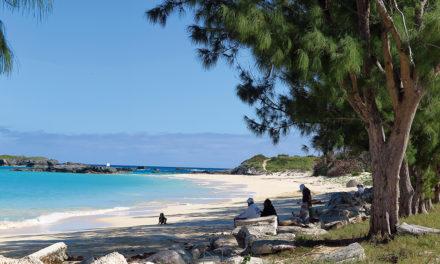- Playa Aviones
Puerto Rico
Afro-Puerto Rican Culture: Town of Piñones
Known as Libertos, Puerto-Ricans of African lineage were transported to the island dating back to the first arrival of Kingdom of Kongo born Juan Garrido in 1509. Today, you can visit the town of Piñones where its rich culture, music and art is attributed to enslaved ancestors from hundreds of year ago.
Piñones is a picturesque ocean drive from Carolina to Loíza where you can enjoy local dining experiences and practice what Puerto Ricans call chinchorreo. Sample delicious specialties while you hop from food stand to food stand and go back and forth to the beach. Enjoy the peaceful waves at La Pocita or Vacía Talega, two secluded beaches where you can go swimming or soak in the sun.
Food
Food is an integral part of Puerto Rican identity. It’s the centerpiece of most celebrations, it brings family and friends together, and is the ultimate expression of love. Traditional criollo cuisine reflects the Island’s cultural and historical heritage, and as the modern culinary scene evolves, it also reflects the changes in modern Puerto Rican society.
The Piñones neighborhood of the town of Loíza is where you’ll find several miles of open-air restaurants serving local fritters known as frituras, fresh fruit frappe stands, and a handful of beachfront seafood restaurants. Try the alcapurrias, empanadillas (also known as pastelillos), and arepas which can be stuffed with ground beef, chicken, fish, or seafood. Save room for bacalaítos, a fried codfish dough, and piononos, ground beef wrapped in sweet plantain.
Dance, Music, Arts, and Culture
Before there were styles like salsa and reggaetón, there was bomba. The name does not only refer to the ancient music genre, but it is also the name of the instruments and the dance that accompanies the music. Bomba is everything.
Brought to Puerto Rico by enslaved ancestors hundreds of years ago, most of the Island’s cultural expressions evolve from it. The music can be an upbeat holandé, which is played and danced with great enthusiasm or a yubá, which is more somber and spiritual. It was the enslaved Africans’ method of expressing themselves and, although it originated in Puerto Rico, it echoes across the Caribbean. The songs, many of which are still sung today, showcased the lamento among the sugarcane plantation workers, who bared their collective souls during gatherings
There are many places where you can learn this Puerto Rican tradition and immerse yourself in a complete cultural experience. Schools like the Don Rafael Cepeda School of Bomba or El batey de los Hermanos Ayala are now teaching bomba drumming and dancing to new generations. Meanwhile, you can enjoy a night of live percussion, songs, and dance at places like La Terraza de Bonanza in Santurce, El Boricua in Río Piedras, La Vergüenza in Old San Juan, and others that offer weekly performances.
One of Puerto Rico’s newest African art exhibitions, NEGRO/A/X Art Exhibit at Casa Afro in Piñones, highlights 20 Afro-Puerto Rican artists.
Landmarks
At Aviones beach, you can enjoy a swim in a naturally occurring tide pool. If you feel like exercising, rent bikes or walk along the boardwalk through the Piñones State Forest. The Pinones State Forest features a wood trail, diversity of trees and animals, and a breeze of fresh air is the perfect combination for a day in the outdoors and what you’ll find at the Bosque Estatal de Piñones. In this state forest, you’ll find the most extensive natural system of mangroves in all of Puerto Rico. Additionally, while enjoying the trail, you’ll also find reefs, seagrass meadows, salt flats, islets, and dunes. This natural wonderland is home to animals like crabs, sea turtles like the leatherbacks, and birds.

